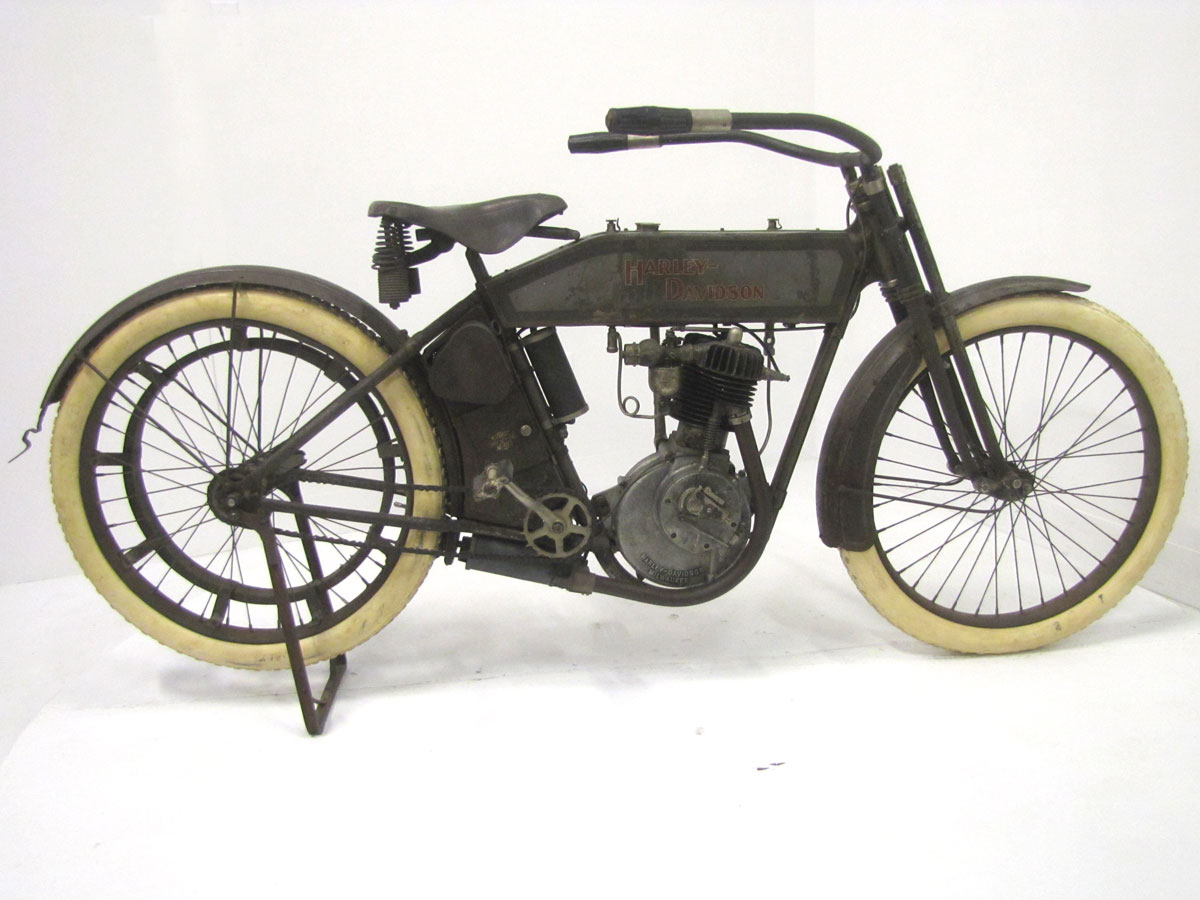
While Indian employed chain final drive from the start around 1901, Harley-Davidson first adopted chain final drive in 1911 on their first V-Twin, later on their singles. Like most American makers they used belt final drive till that time. Eventually a new clutch design was integrated in the rear hub. Then the frame top tube was designed to slope downward affording a lower seat height, important for women riders. The spring seat post design was incorporated and factory literature proclaimed, via odd spelling, the Ful-Floeting seat. 1912 was the last year for the atmospheric intake valve and the open ended Bosch magneto on the Single.
Keep in mind that in 1912 the Harley-Davidson Motor Company was barely ten years old. They only made a little over 500 of this model single and had just restarted manufacturing their first twin halted in 1909 due to technical problems.
If you have been to Milwaukee and viewed the headquarters on Juneau Avenue, consider it was under construction when this 1912 Single was being built. Amazingly, both still exist today, the building and this bike, testament to the genius and fortitude of the Motor Company’s founders and those that kept the company moving forward.
When you visit the National Motorcycle Museum you’ll note that there are more Harley-Davidsons that any other make. From an 1908 Strap Tank to a 2006 V-Rod Destroyer drag bike, it’s all here, plus hundreds of pieces of advertising art, apparel, memorabilia. Many Harleys on display have been donated by collectors throughout America, but this machine is graciously on loan to the National Motorcycle Museum from the John & Jill Parham Collection.
Specifications:
-
- Engine: Inlet Over Exhaust Single
- Bore & Stroke: 3.5 x 3.312
- Displacement: 30 Cubic Inches / 494 cc’s
- Carburetion: Schebler
- Ignition: Battery, Points
- Horsepower: 4.3HP
- Drive: Direct, Belt
- Frame: Steel, Single Loop
- Suspension: Sprung Fork, Rigid Rear
- Wheels / Tires: 2.50 x 28 / 2.50 x 28 Inches
- Brakes: Coaster, Rear Only
- Wheelbase: 56.5 Inches
- Weight: 235 Pounds
Leave a Reply
Want to join the discussion?Feel free to contribute!

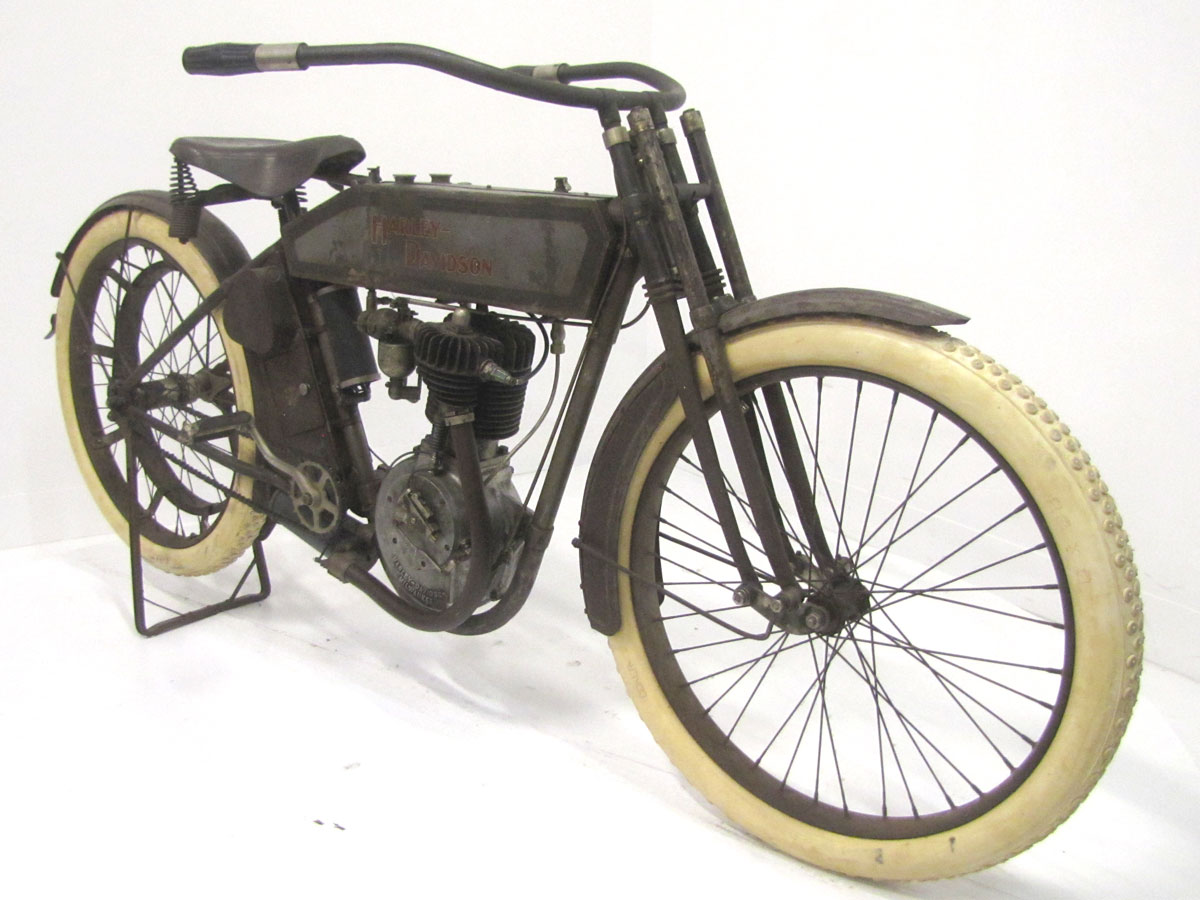
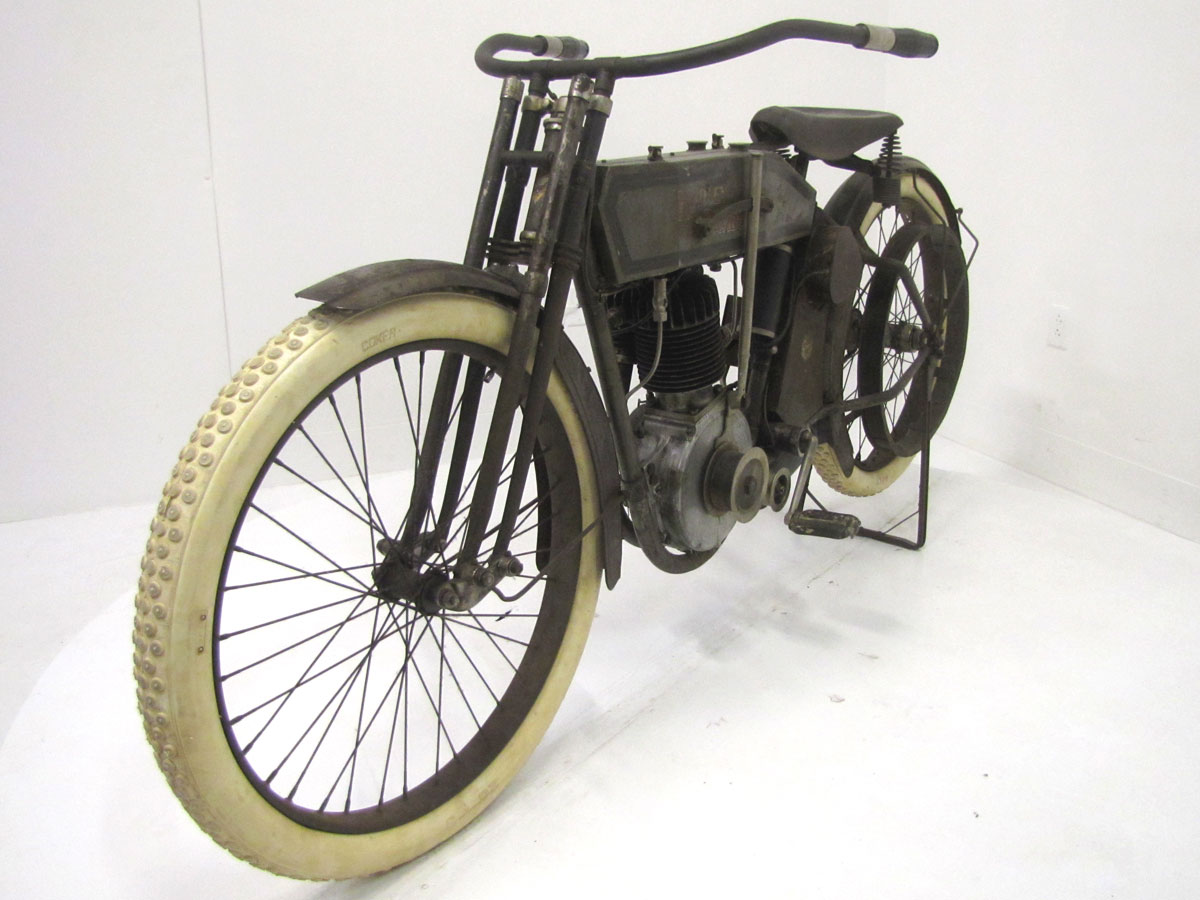
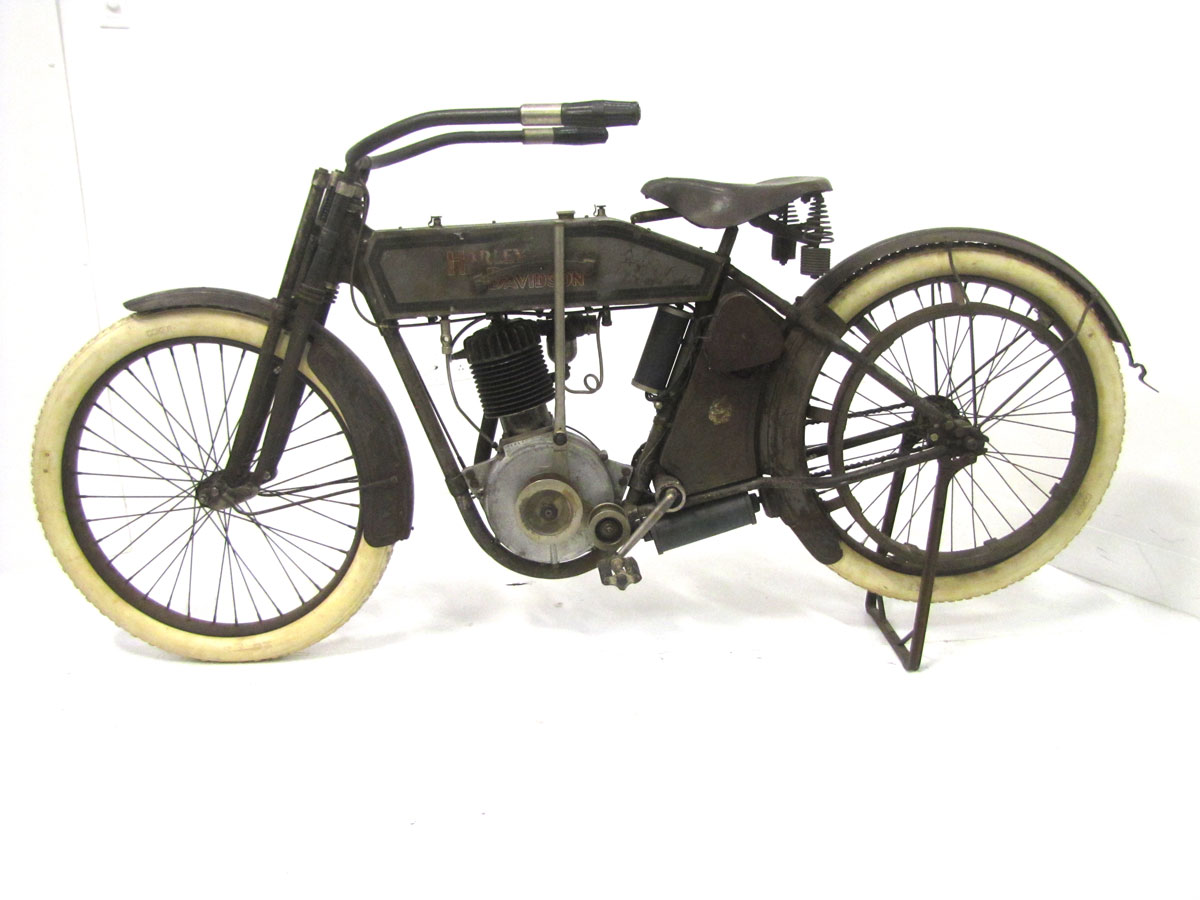
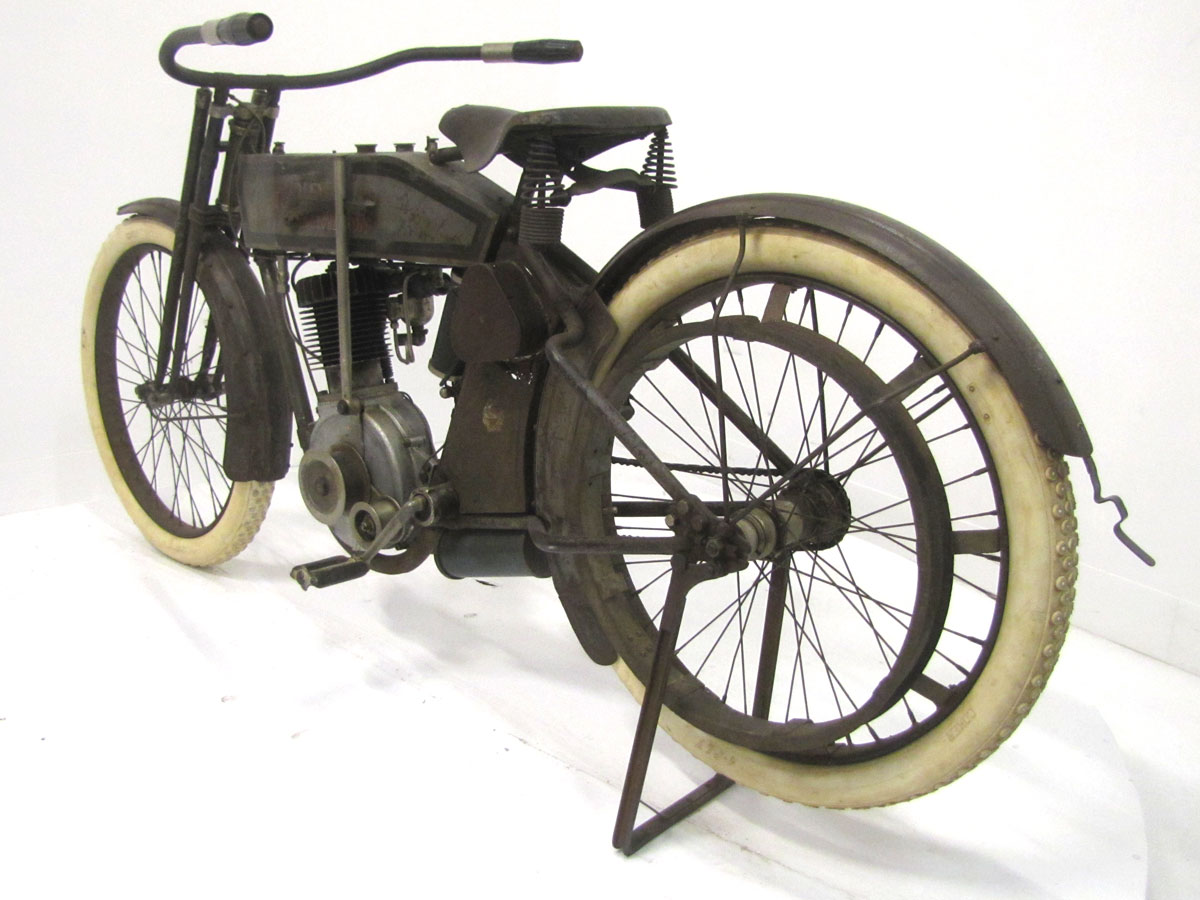
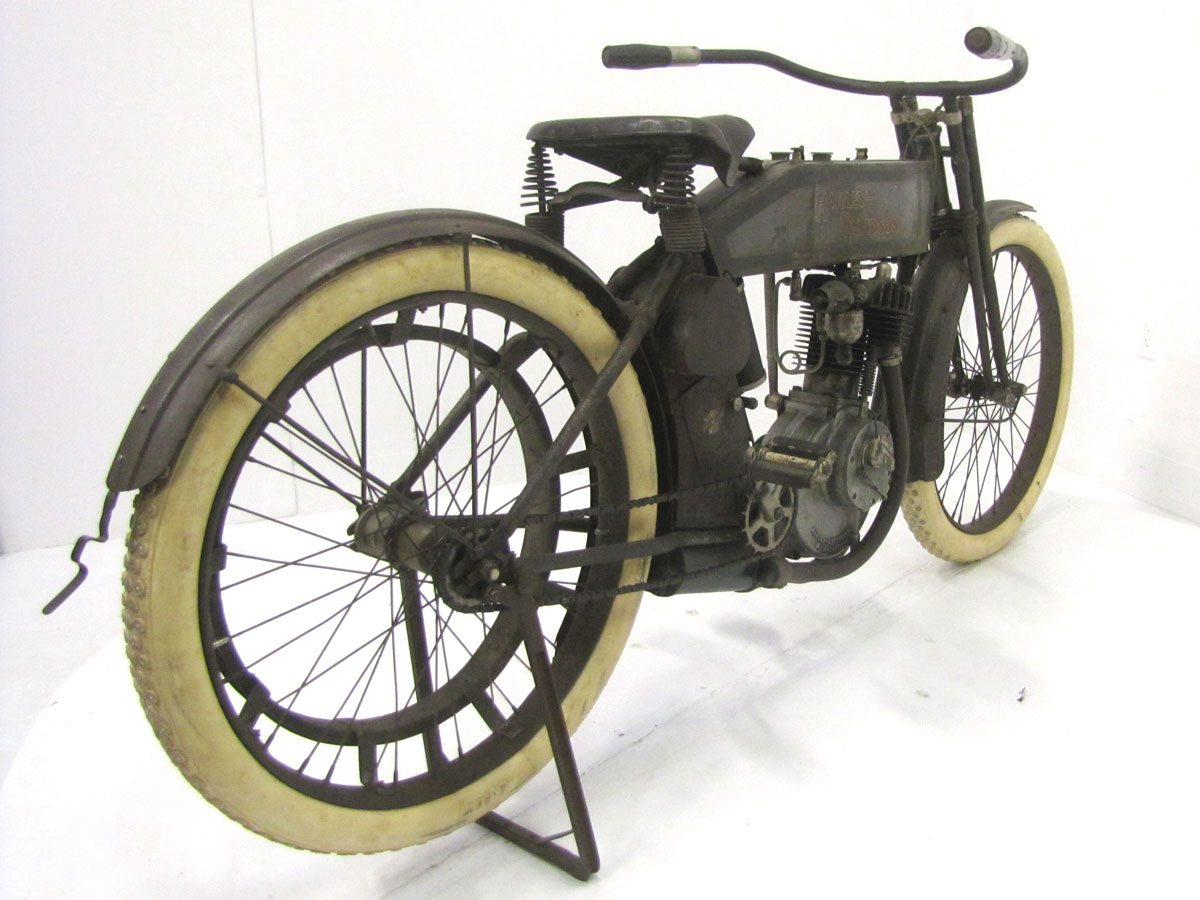
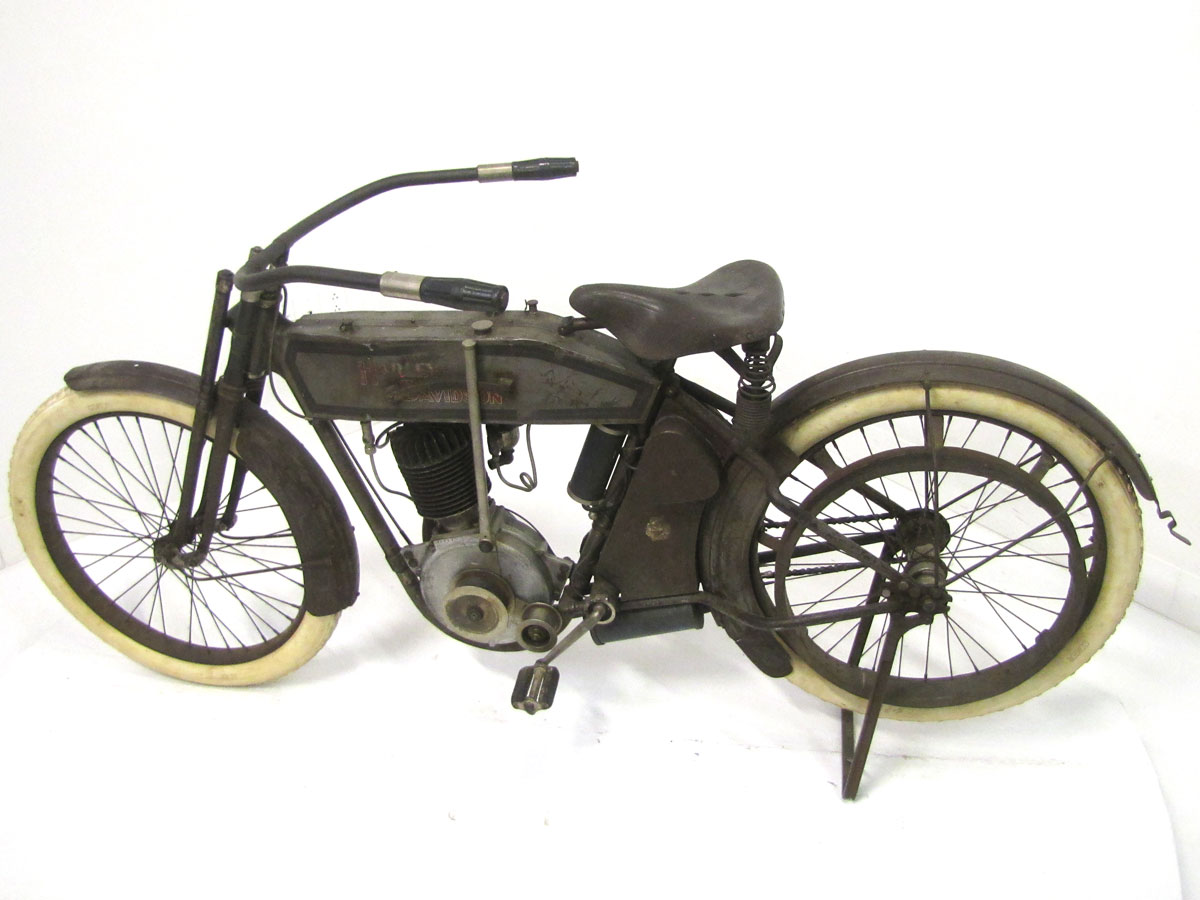
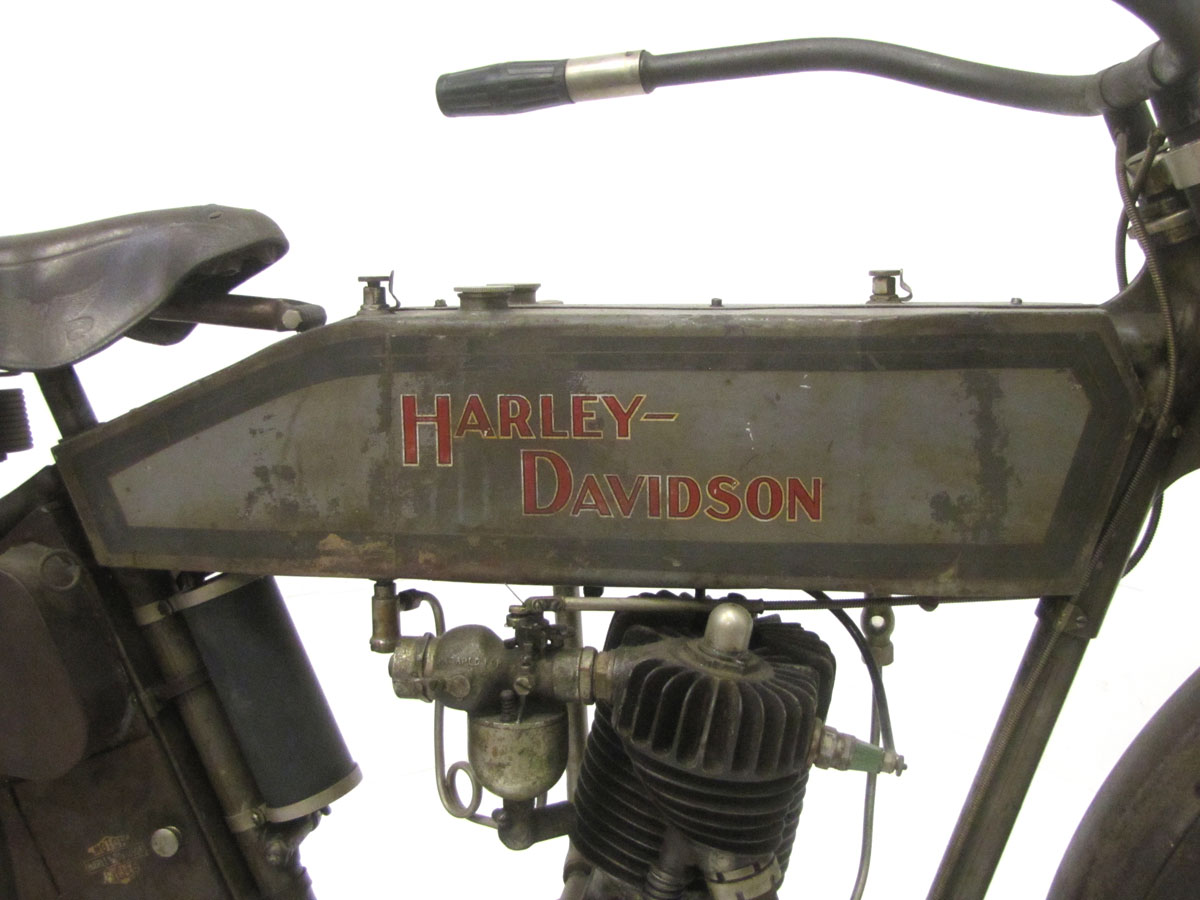
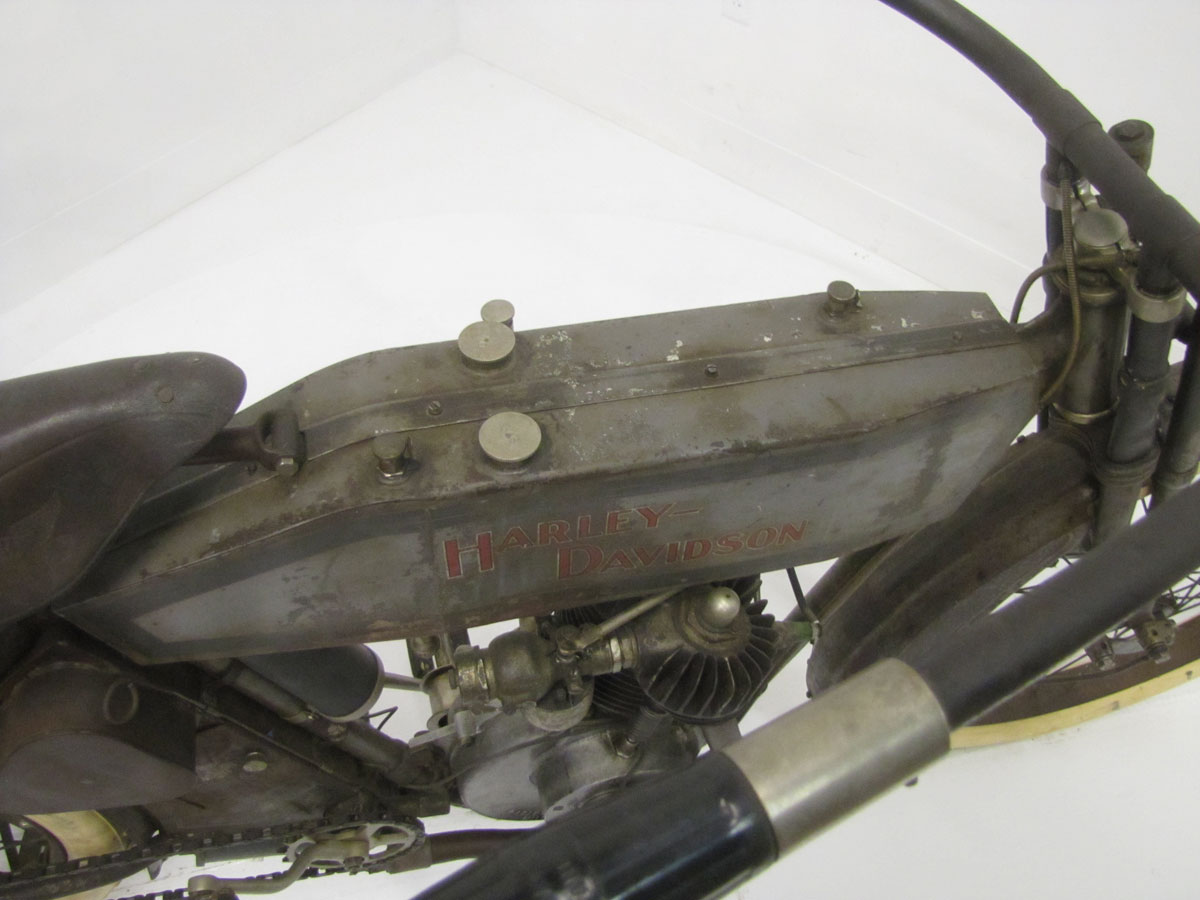
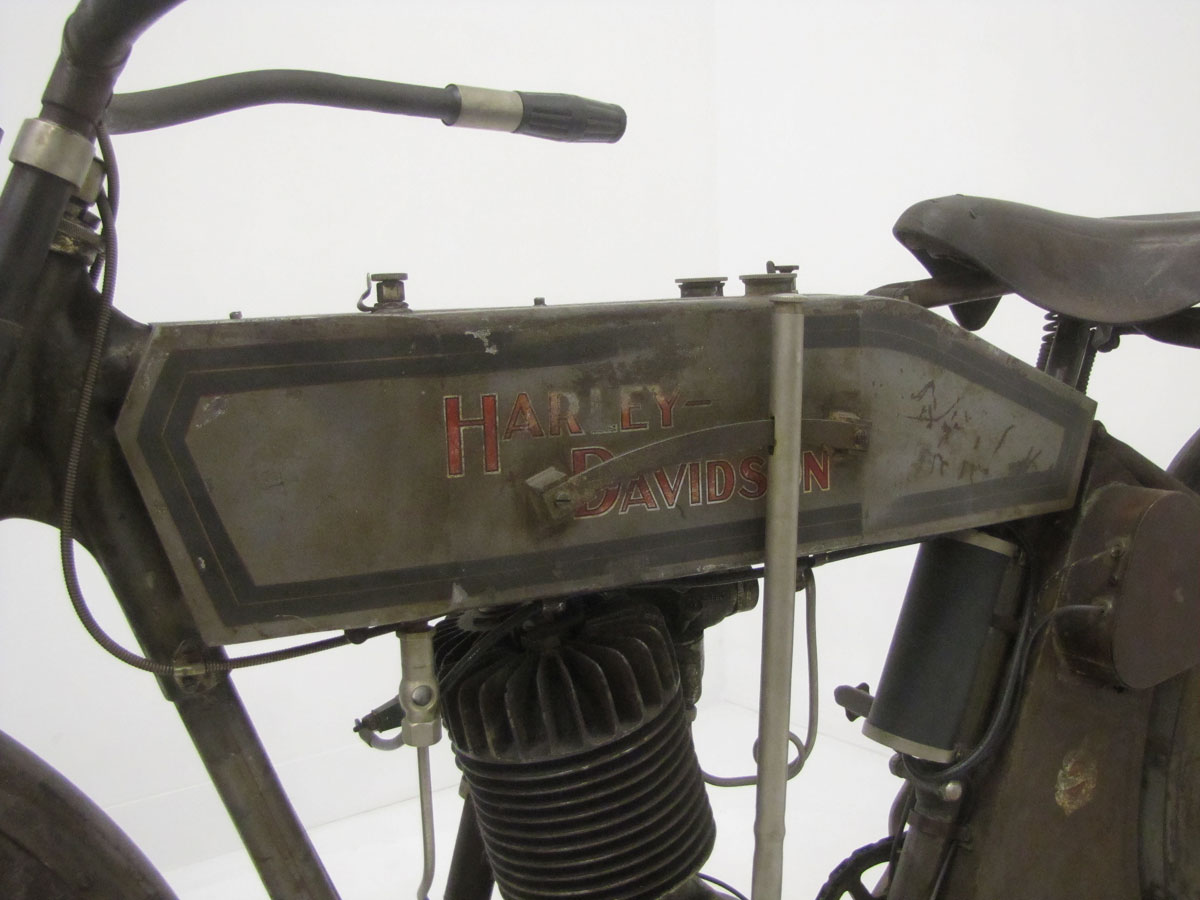
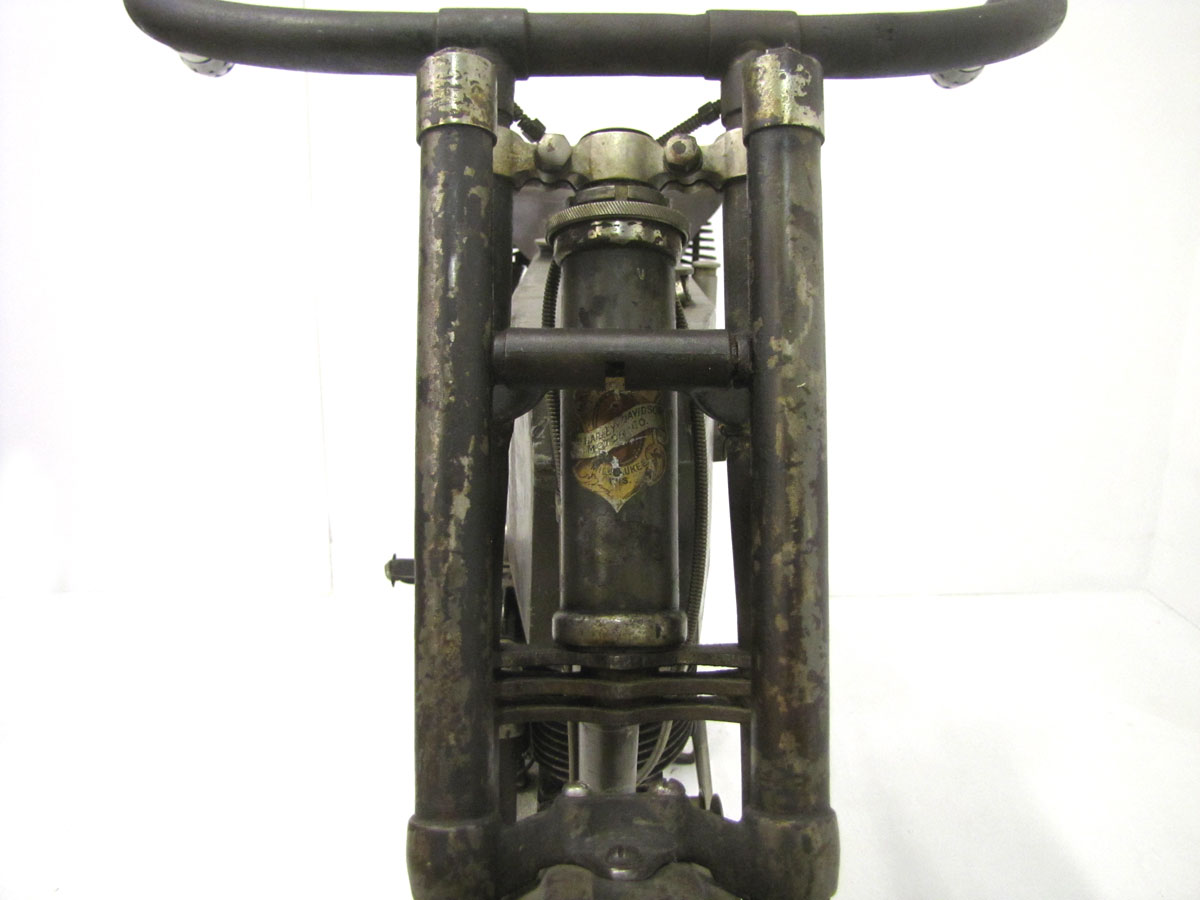
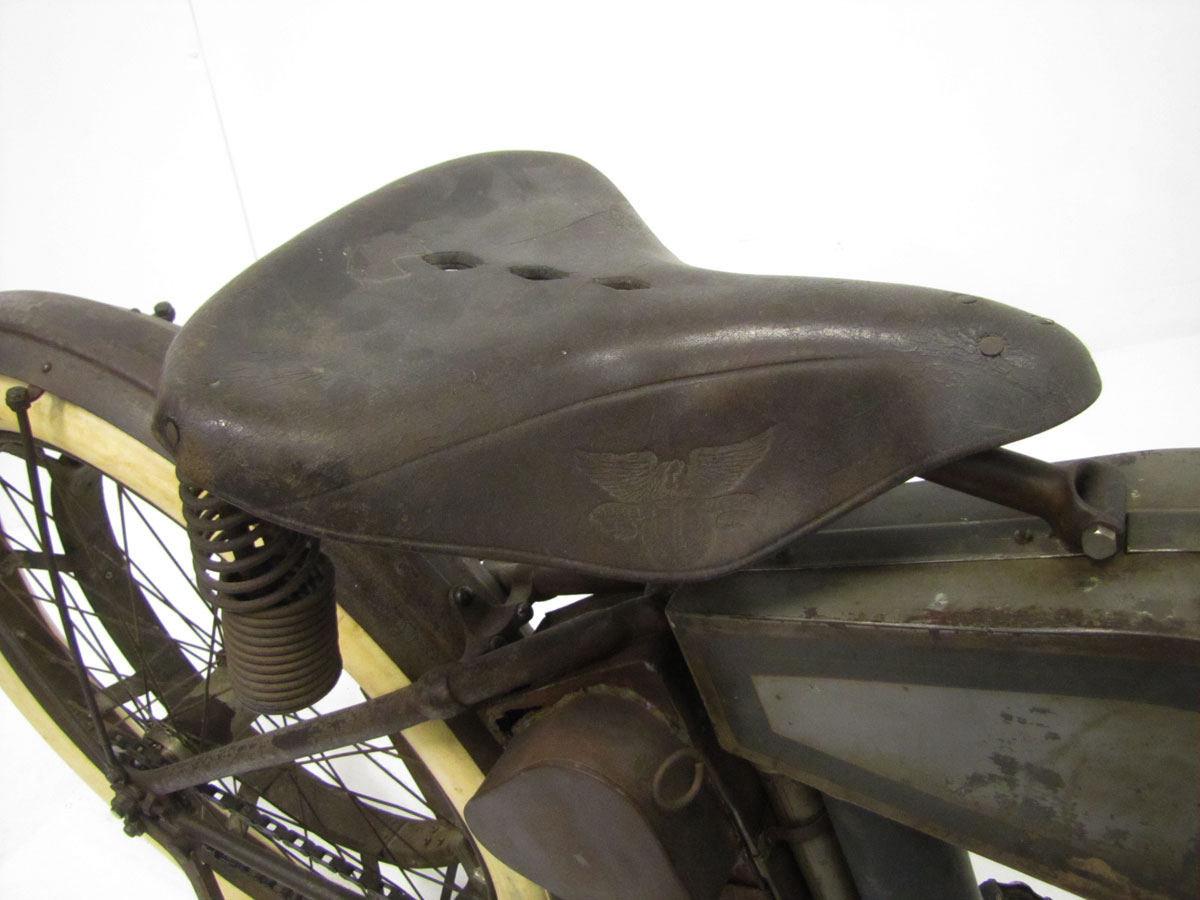
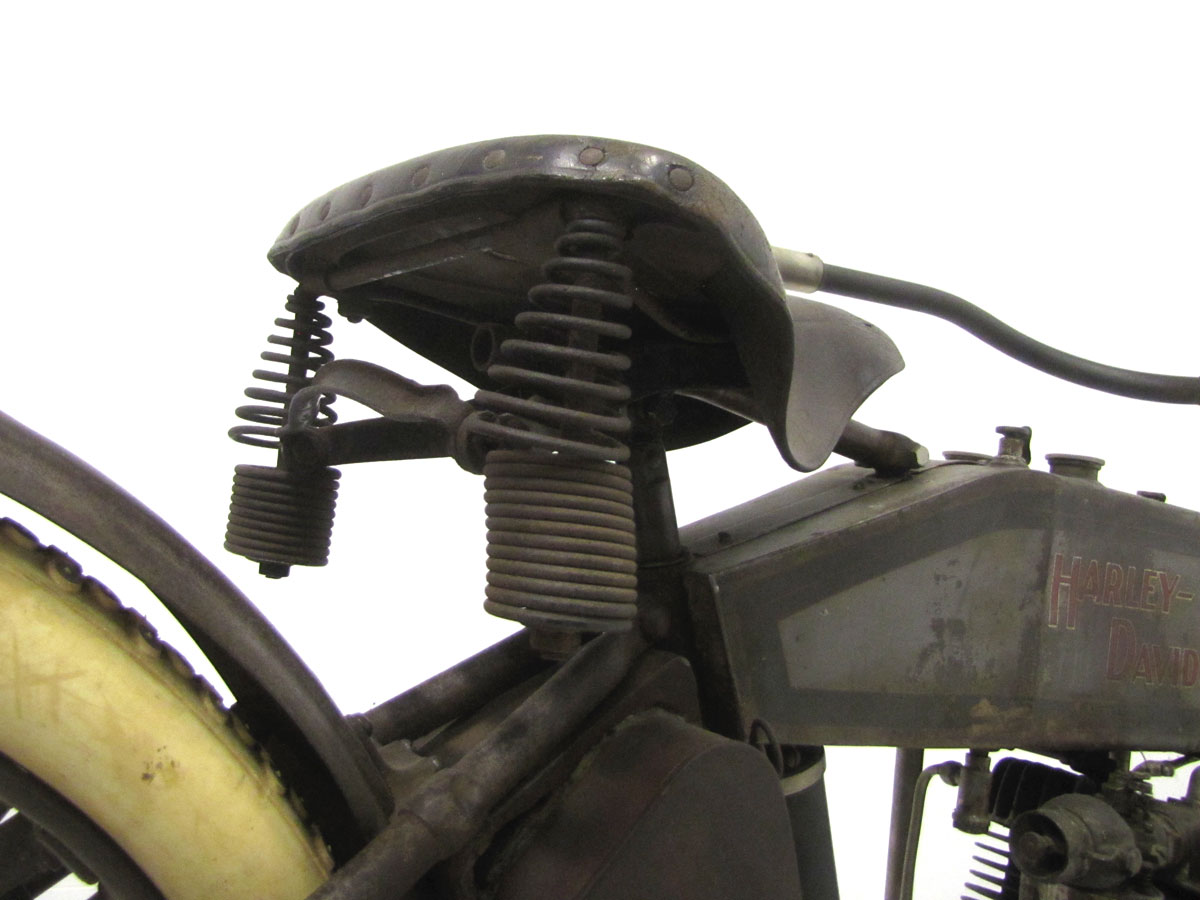
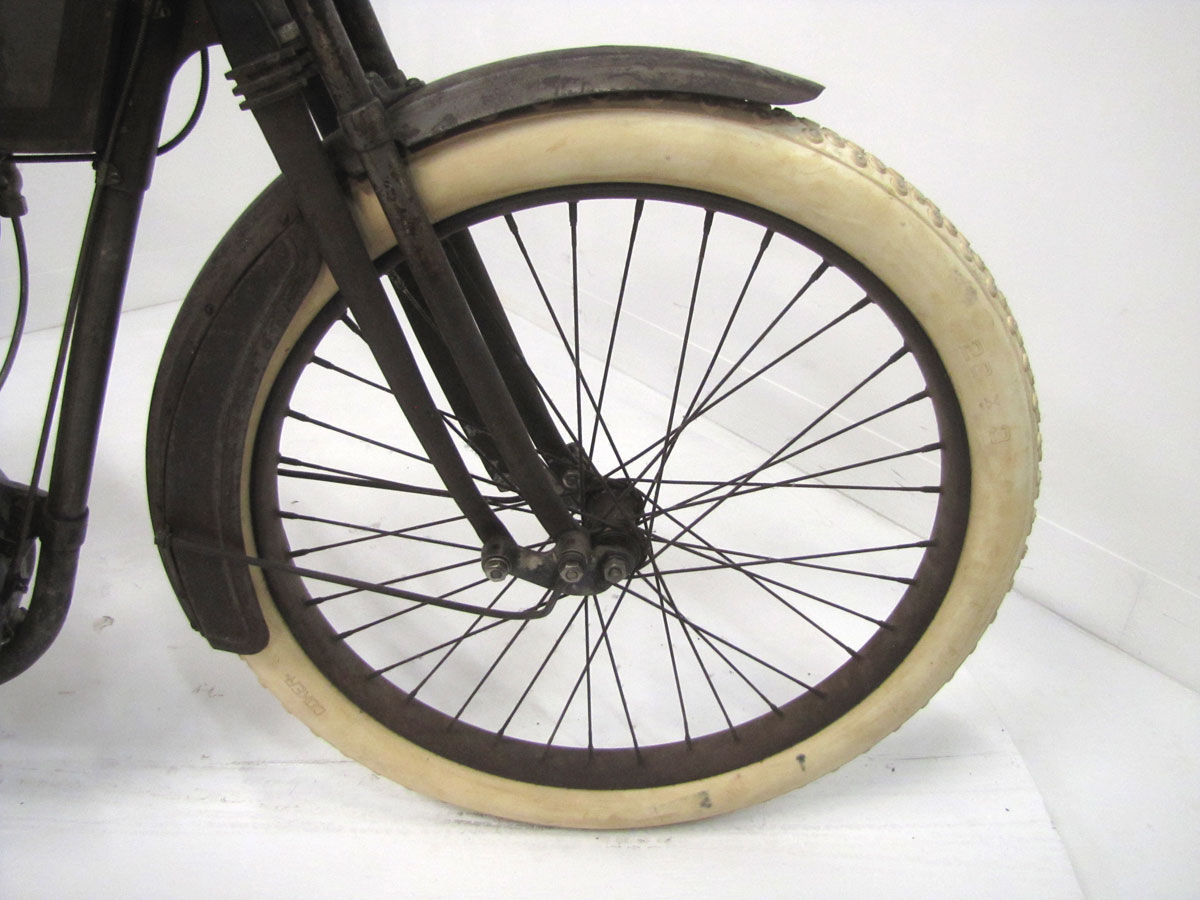
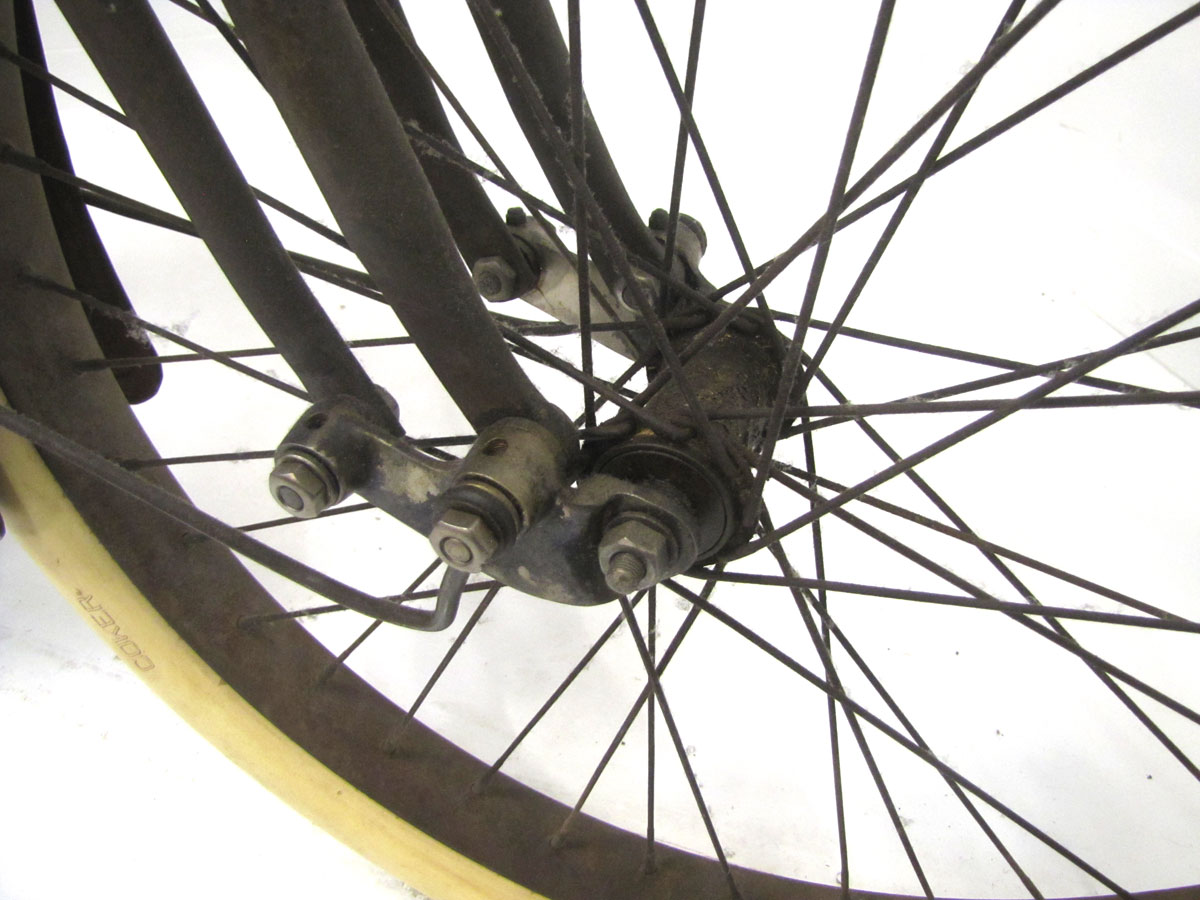
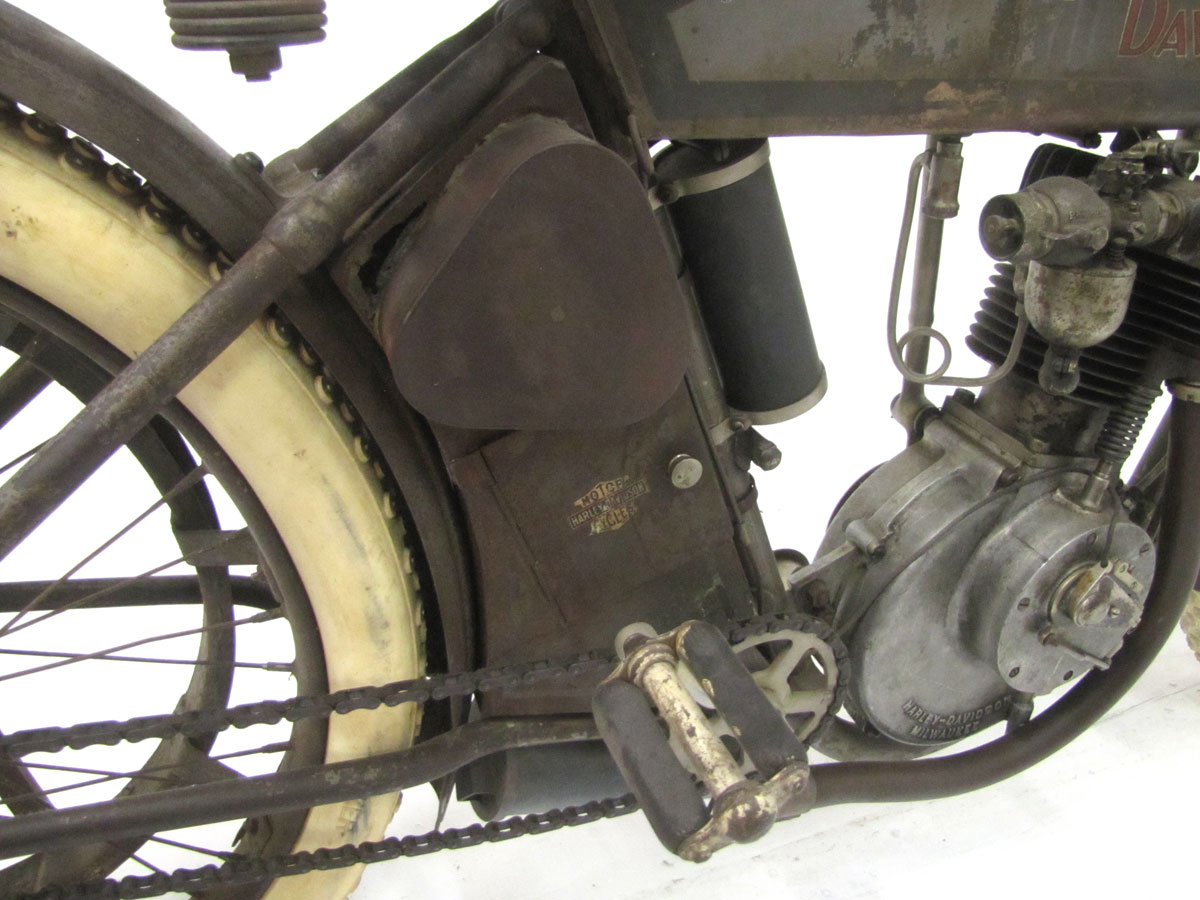
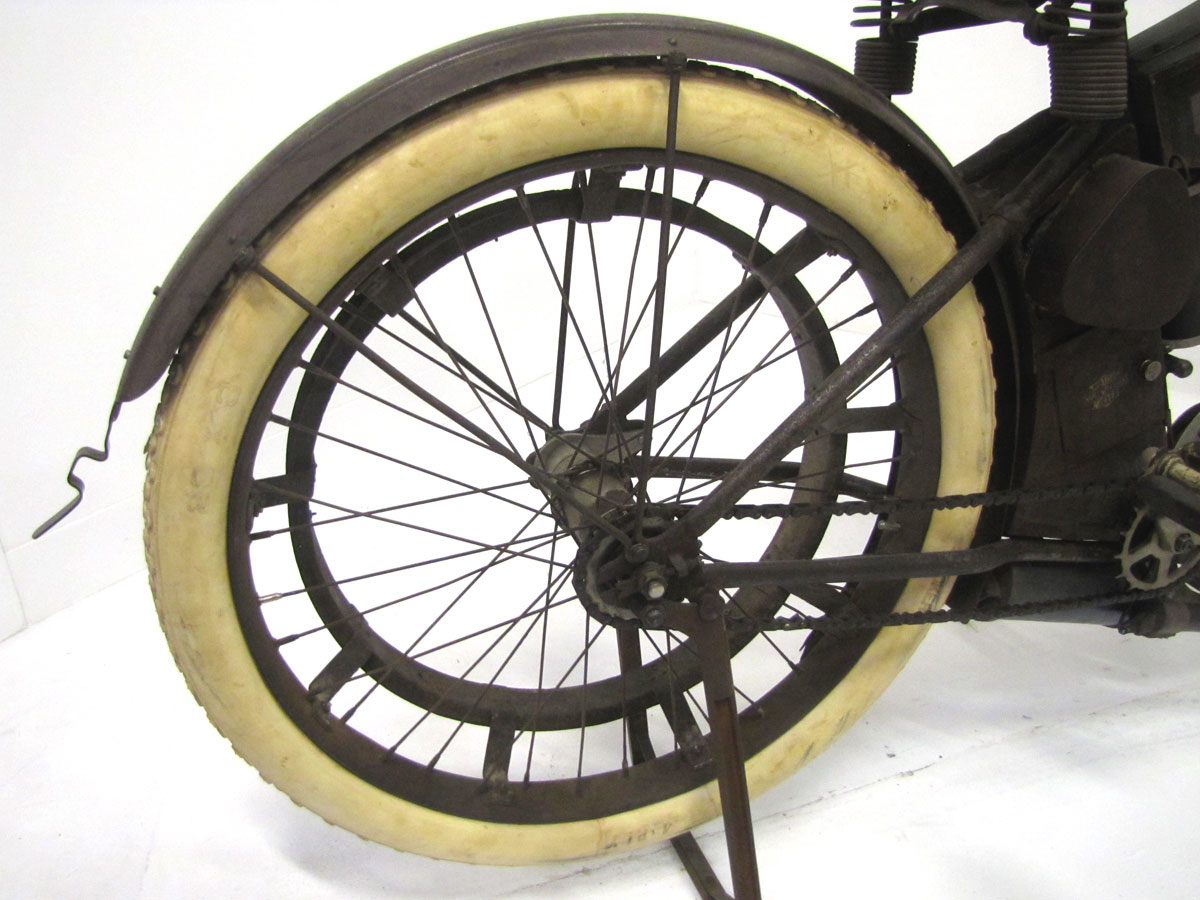
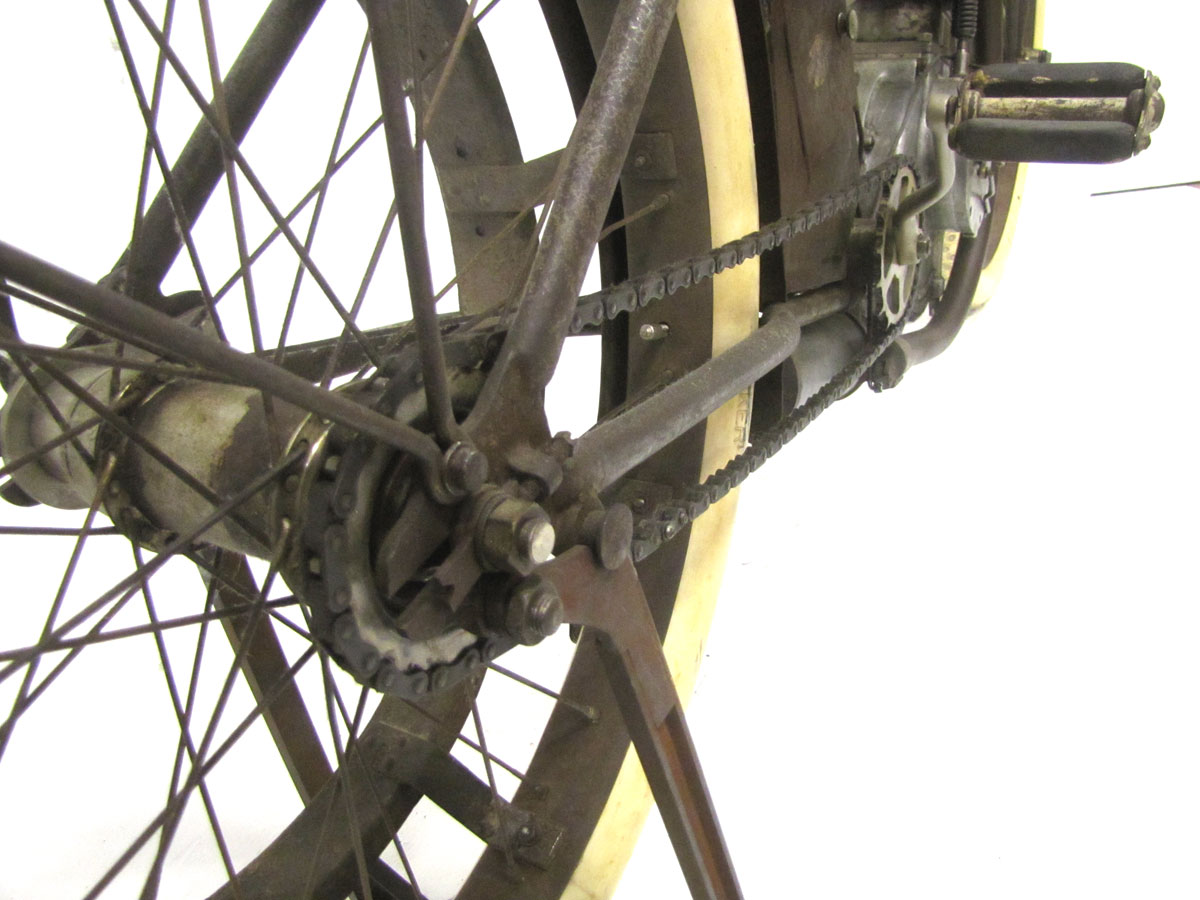
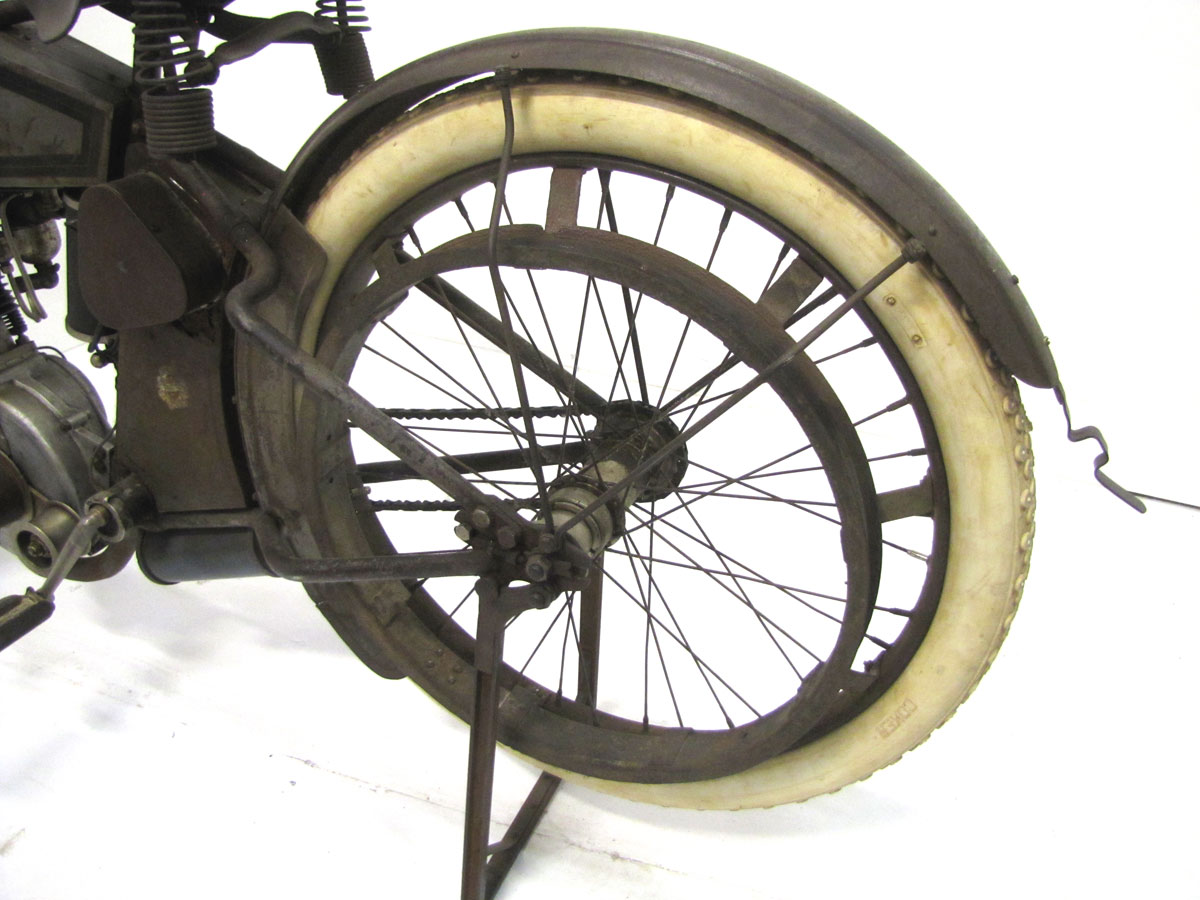
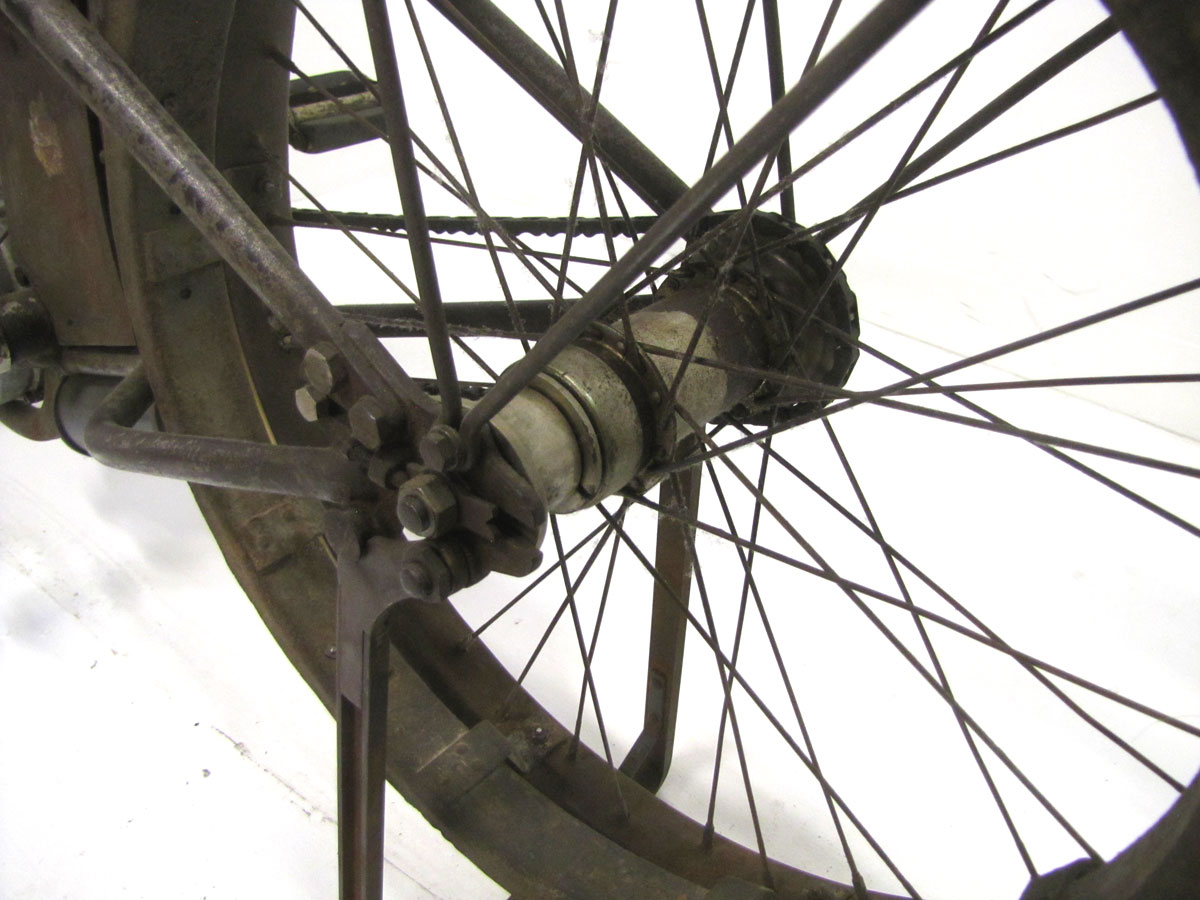
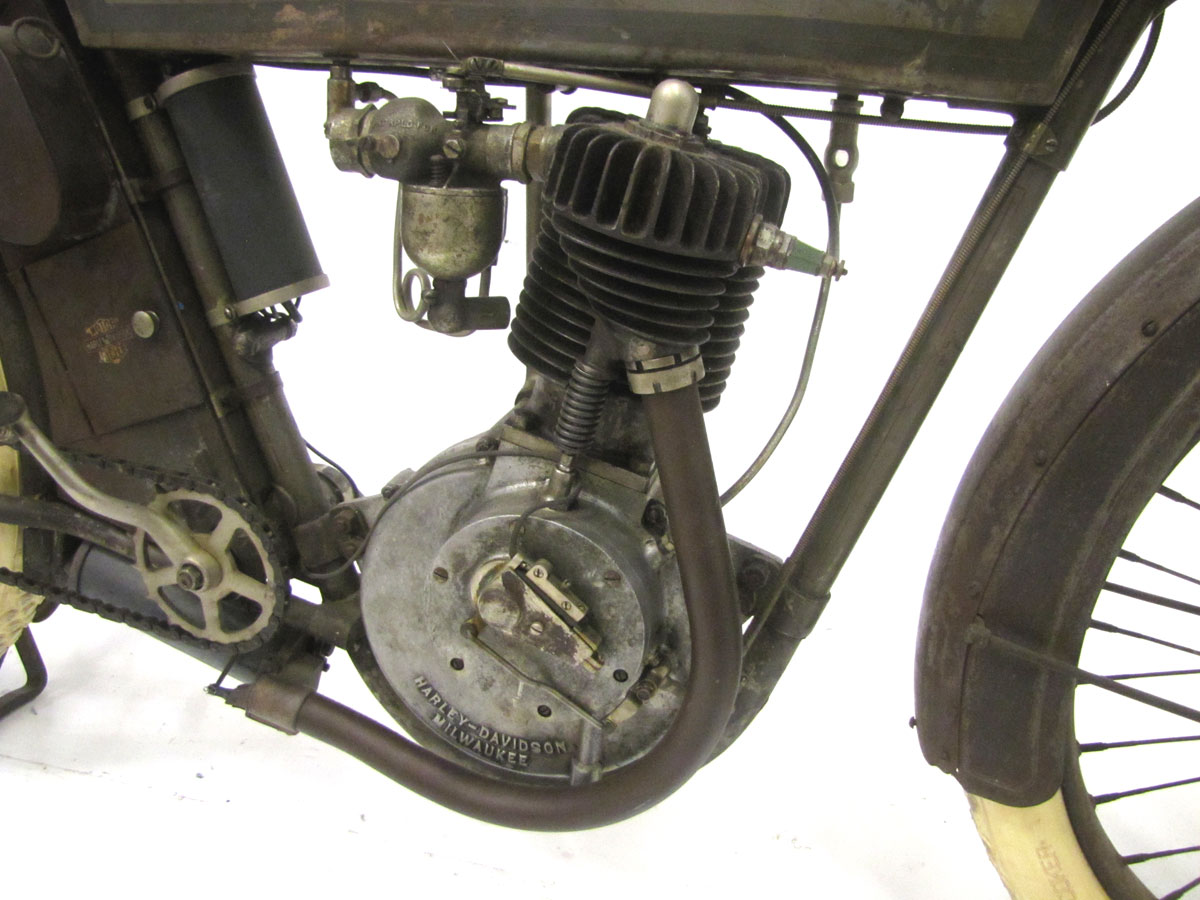
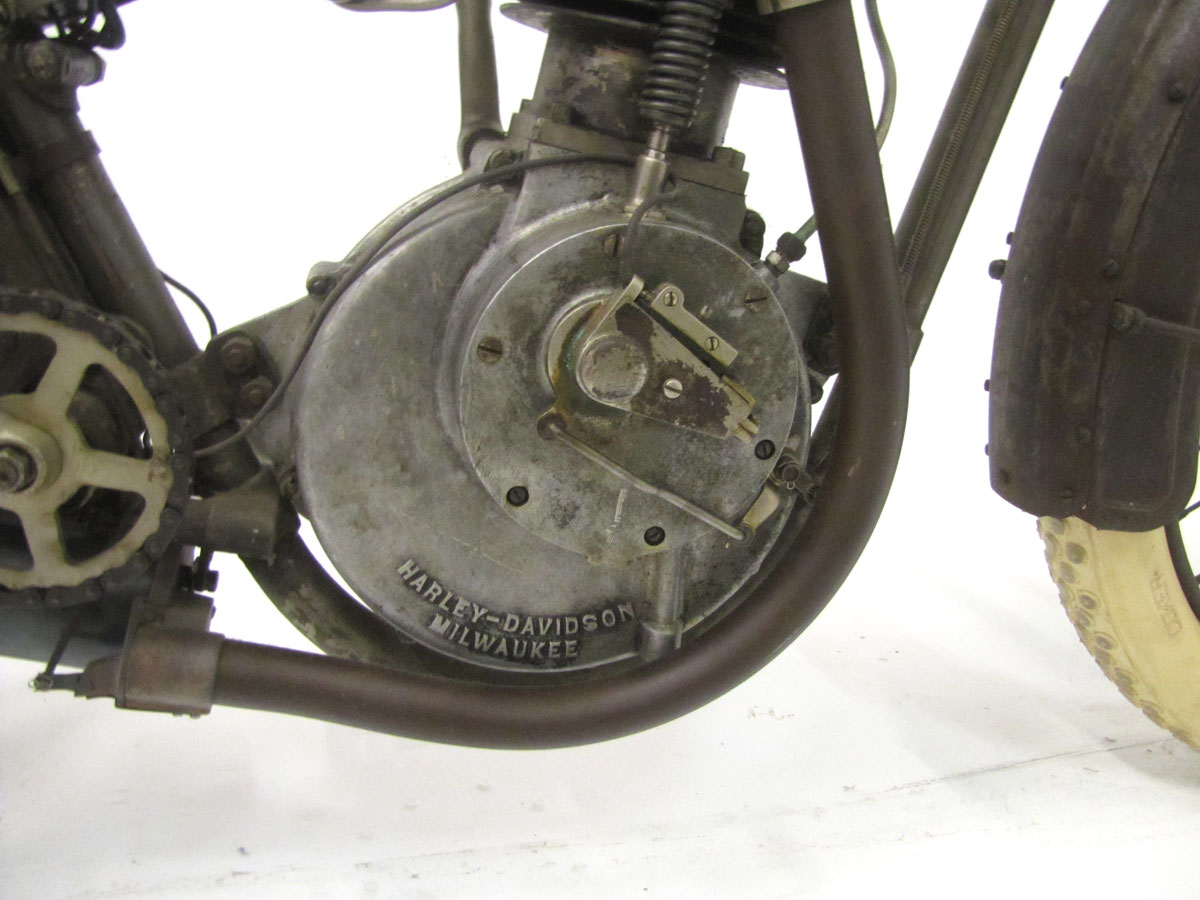
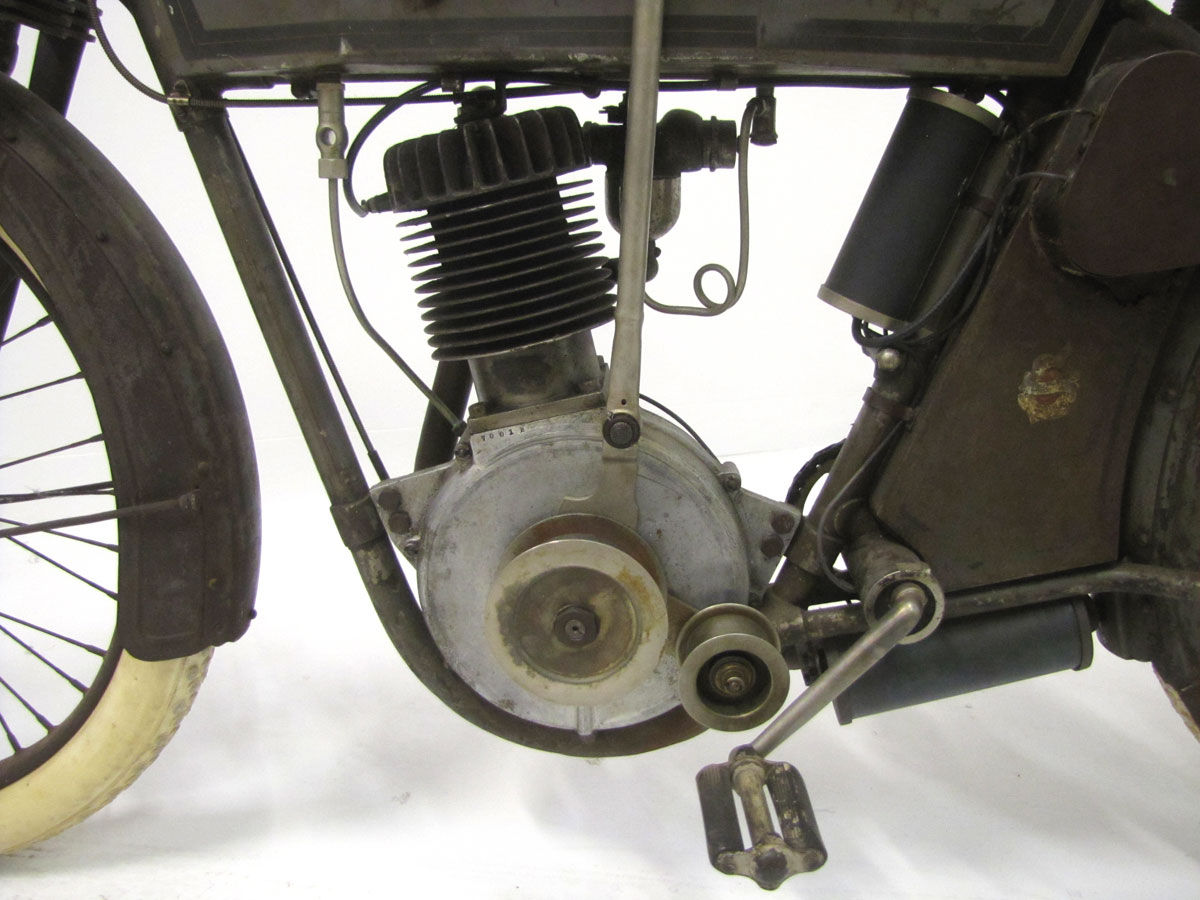
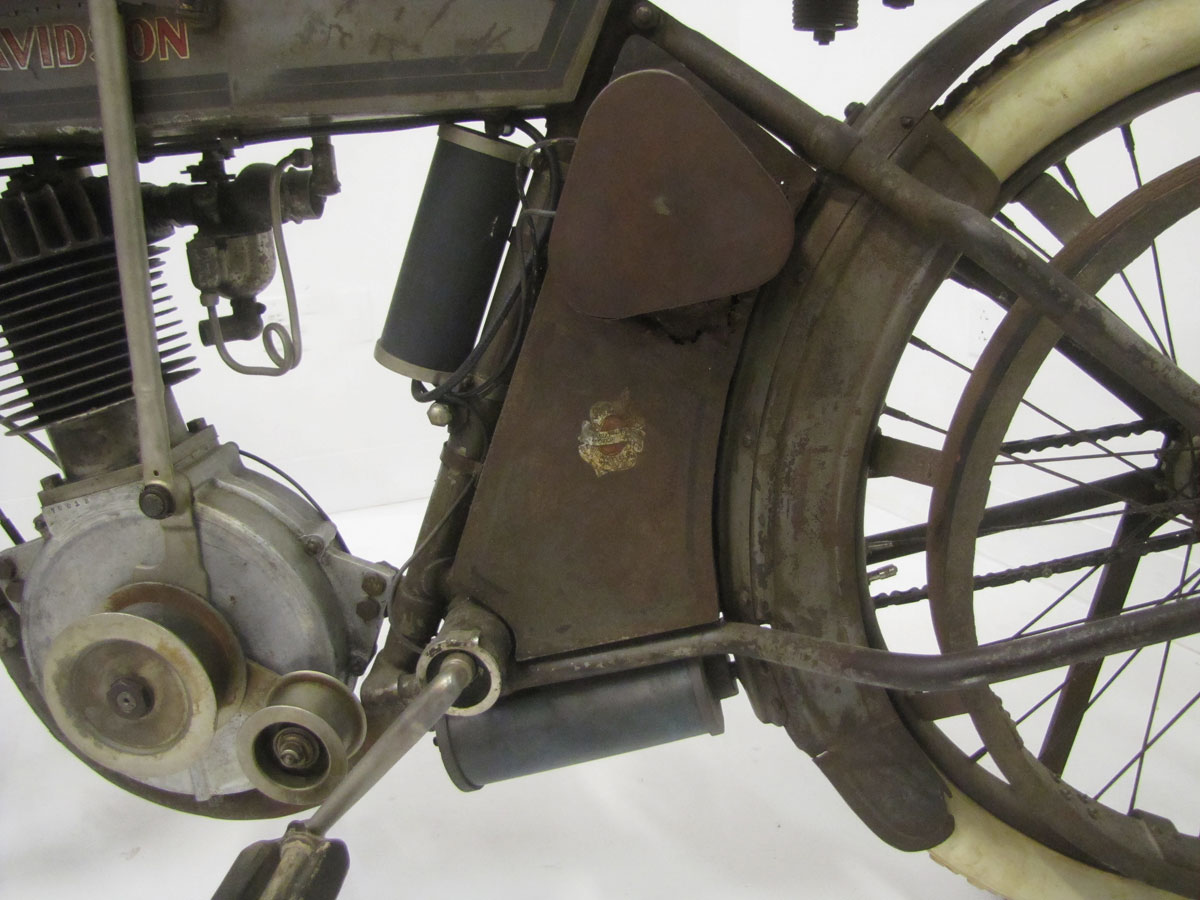
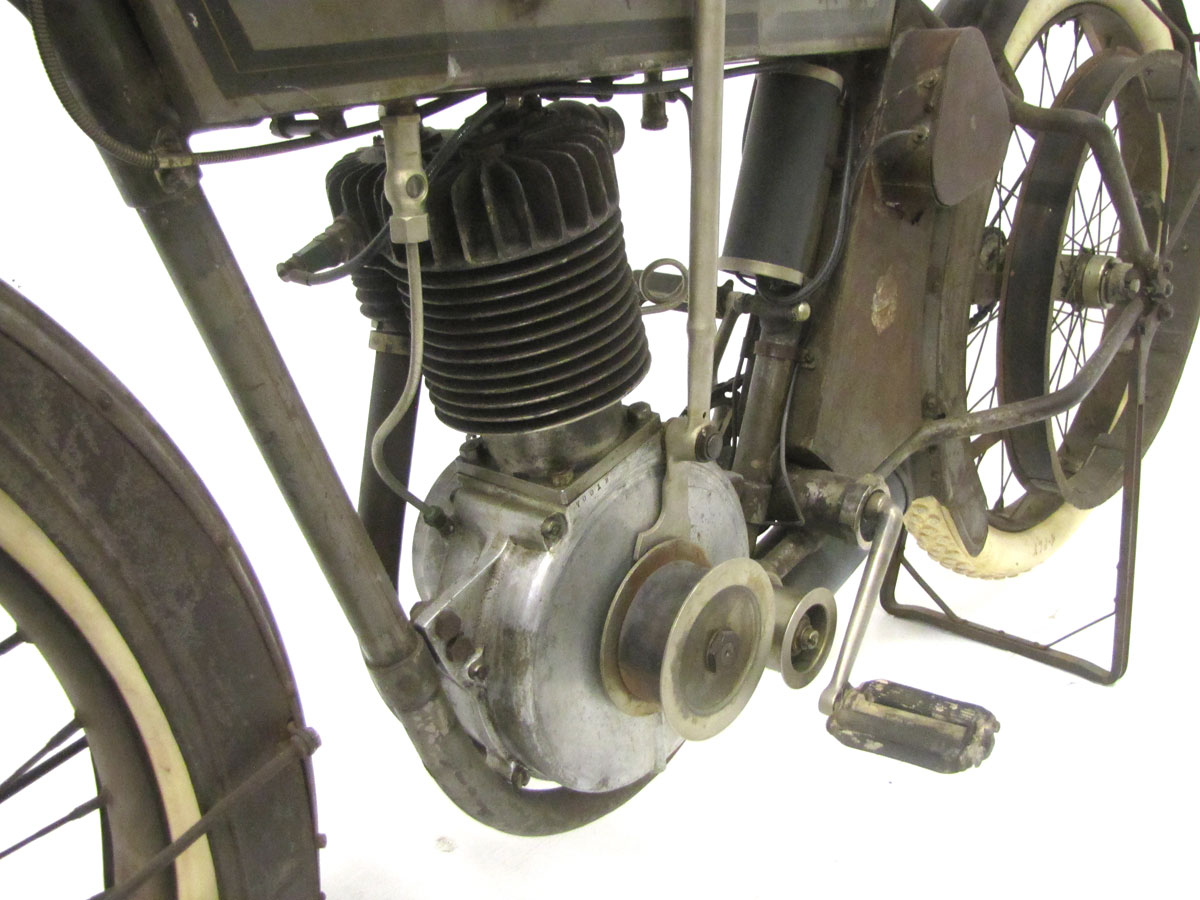


Be nice if the article said where the bike was found and if it still runs. How something that old and unrestored could look like that is amazing. It had to be in a very climate controlled environment.
If they told you where to find it everybody would have one. A better question might be if many bikes are donated by collectors, how come everything from the John and Jill collection is on loan? Hhmm
I hope this answers Jim’s question.
Most museum exhibits, in ANY museum, are made up of items owned by the museum which were donated or purchased** (collections objects), and items individuals have loaned to the museum to support special exhibits or just improve the range of objects on display. The John and Jill Parham Collection loans bikes they own as do countless other collectors, and collectors donate bikes as well. That’s pretty much the case with the National Motorcycle Museum. You will see near the end of each weekly Featured Bike story the bike’s ownership, and this is true of labels on bikes in the Museum’s displays as well. You can read more about the process here: https://nationalmcmuseum.org/get-involved/
**The National Motorcycle Museum accepts loans and donations through a Board of Directors review process. It does not buy motorcycles for the Museum’s collection.